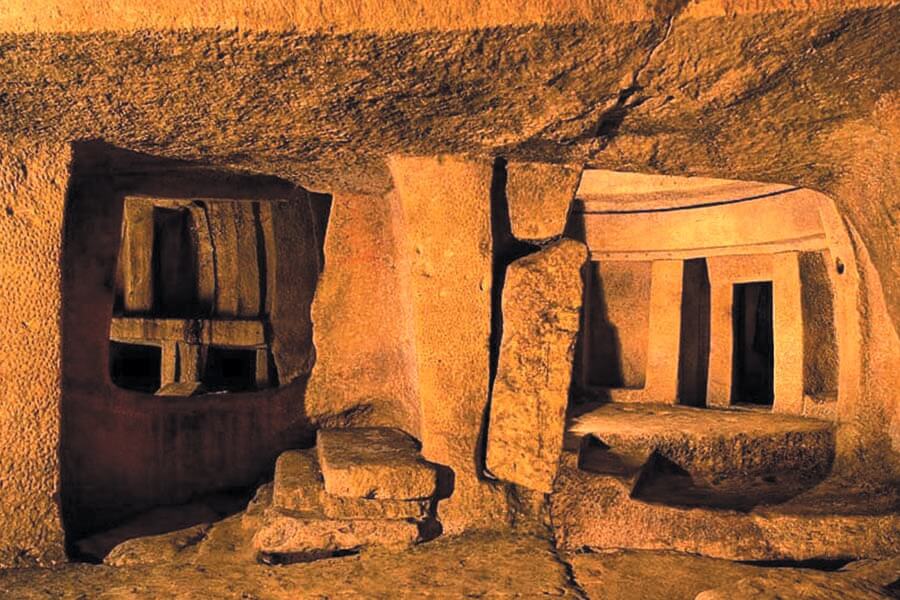Mysterious elongated skulls found in Hal Saflieni Hypogeum, the only known prehistoric underground temple, will be studied by an interdisciplinary team from Malta and Australia.(aliens in Malta)
Dolichocephalic skulls were discovered in 1926 by the Maltese archaeologist Themistocles Zammit and have long been the subject of various conspiracy theories. Among them, which are the remains of alien beings who visited Malta in the past. Others, more conservative, estimate that, as with other cultures of the remote past, the inhabitants of the area were able to practice cranial deformation.
Now, a team composed of scientists from the Superintendence of Cultural Heritage of Malta and Macquarie University of Sydney (Australia), plans to end the enigma by doing a thorough study of the bones.

The project has received a € 6,000 grant from the Union Académique Internationale , as part of the centenary celebration of this institution.
Some of the skulls with anomalies found in the prehistoric Hypogean temple of Hal Saflieni, Malta.
Called “The Sentinels of Hal Saflieni, Malta: Scientific Facts versus Science Fiction”, the project will finally give the deserved academic attention to the elongated skulls found in the underground temple, determining their characteristics and true origin thanks to modern technology.

SEE – Three-fingered “Alien Mummy” found in Peru!!
The Hal Saflieni Hypogeum was excavated around 2500 BC It is considered that its first function was that of the sanctuary and that subsequently, but even in prehistoric times, it became a necropolis. It is located at the end of the municipality of Paola, in the southeast of the island of Malta. It was declared a World Heritage Site by Unesco in 1980.(aliens in Malta)

Old note on the mystery of elongated skulls in Malta.
“Unquestionably, it is a place of global importance that helps to understand the evolution of the intellect, creativity, technology, and culture of the human groups that settled in the region,” he concludes in a statement issued on the date by the Superintendence of Cultural Heritage of Malta.
Source: Malta Today





